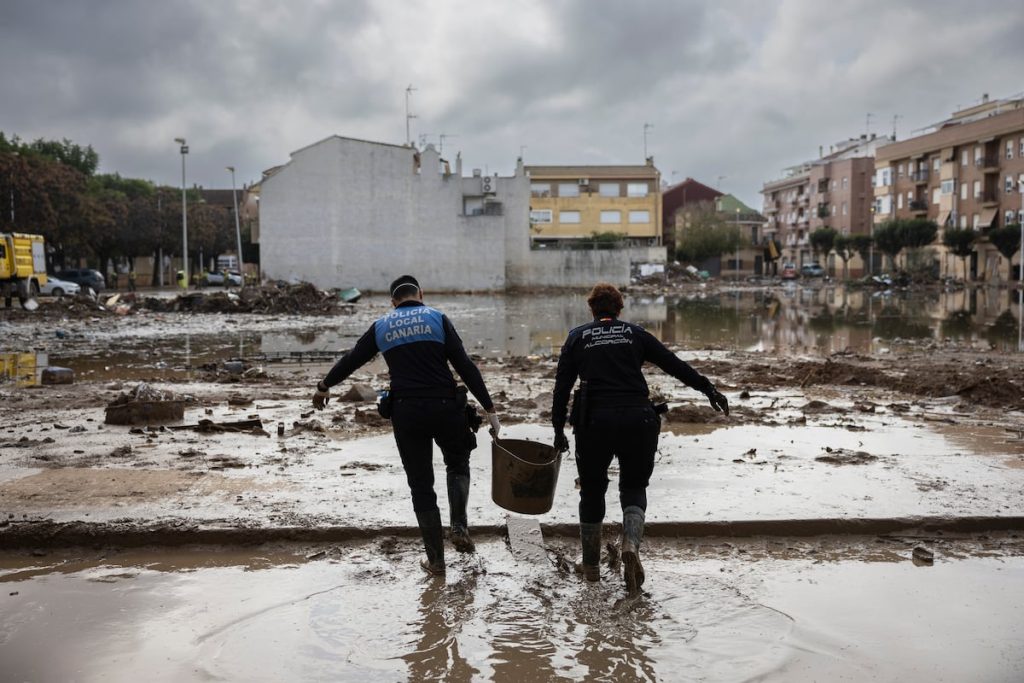One of the main issues highlighted during the past two weeks of meteorological emergency (and probably climate-related) is the immense confusion surrounding the terminology and the State’s response to a catastrophe. Meteorology expert Ángel Rivera pointed out the confusion between warnings and alerts, emphasizing the need for clarity and effective communication. The existing system is described as confusing, cumbersome, uncommunicative, incomprehensible, and full of bureaucratic jargon. Both the general public and authorities lack a clear understanding of the different levels of warnings and their implications, as evidenced by conflicting responses to red alerts in Madrid and Valencia following snowfall and rain from storms like Filomena.
The national Meteoalerta system, established by Aemet in 2007 after the Tous dam disaster, assigns different colors to warnings to indicate the level of risk: green for no risk, yellow for low risk, orange for significant risk, and red for extreme risk. However, regional agencies like Metocat, Mateogalicia, and Euskalmet also issue warnings that may overlap or contradict those from Aemet. Civil Protection agencies in affected regions then decide whether to declare pre-alert or alert states based on the received warnings, but inconsistencies and differences in evaluation criteria and nomenclature among different regions further complicate the situation. This leads to confusion and inefficiency in responding to emergencies effectively.
The lack of a uniform understanding of warnings and alerts among the public, media, and political leaders only serves to exacerbate the confusion and increase the risks associated with communicating the dangers of extreme weather events. The misuse of terminology, combined with varying interpretations and responses to different levels of warnings, results in a fragmented and inadequate system that fails to effectively communicate and address potential threats to public safety. This confusion and lack of coordination undermine the overall goal of warning and protecting the population from natural disasters like storms, floods, and other extreme weather conditions.
Efforts to improve the current system should focus on simplifying the terminology, clarifying the criteria for issuing warnings, and ensuring consistency in the communication and response process across all regions. By establishing a unified approach to categorizing risks and implementing standardized protocols for responding to warnings, authorities can enhance the effectiveness of their emergency management efforts and better protect the population from the consequences of severe weather events. Improved coordination and collaboration among different agencies and regions are essential to addressing the current shortcomings and ensuring a more robust and reliable system for managing emergencies.
In conclusion, the confusion and lack of clarity surrounding warnings and alerts in the context of extreme weather events highlight the urgent need for reform and improvement in the existing communication and response system. By establishing a more coherent and standardized approach to issuing warnings, evaluating risks, and coordinating responses to emergencies, authorities can enhance public safety, reduce the potential for misunderstandings, and improve the overall effectiveness of their emergency management efforts. Addressing these issues will require a concerted effort from all stakeholders involved in disaster response and preparedness to ensure a more robust, efficient, and reliable system for protecting communities from the impacts of natural disasters.















